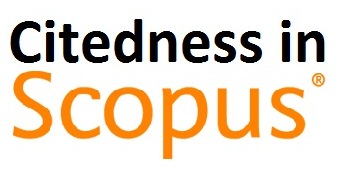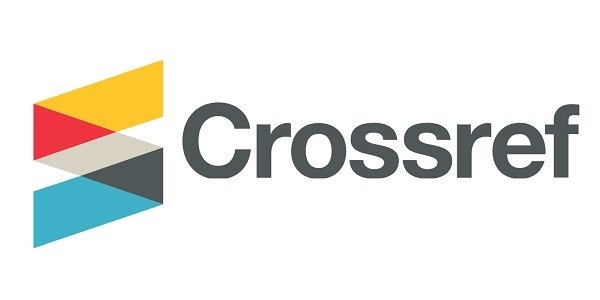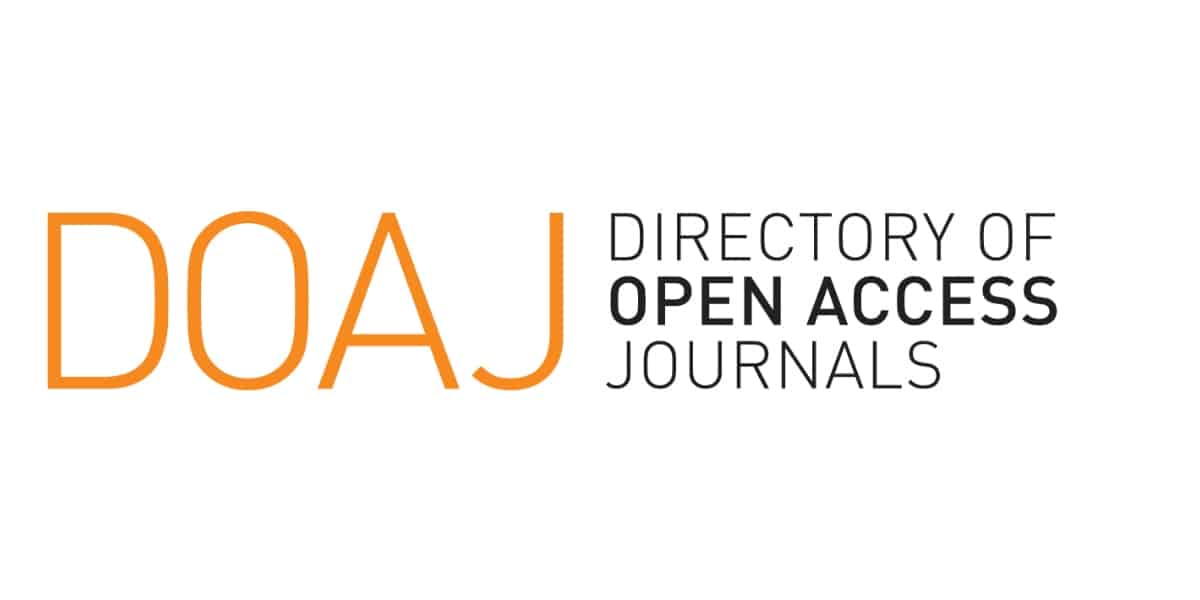PERBAIKAN KUALITAS AIR BAKU OLEH ISOLAT BAKTERI NITRIFKASI INDIGENOUS MENGGUNAKAN MOVING BED BIOFILTER REACTOR (MBBR)
Abstract
Bio-filtration technology is considered as one of prevention solutions for declining raw water quality. The research purpose was to identify biofilm growth formation as viability cell in acclimatization period that can be used for ammonia elimination by using various indigenous chemo-heterotroph bacteria isolated from bio-filter media specimen and moving bed bio-filter reactor performance. Reactor was configured within aerobic system comparing two biofilm–attached support–medium filters (i.e. drinking-water-bottle-PET-chips and PVC). Bacteria potency on ammonia removal in kinetics modeling was advance investigated. Kinetics determination was based on empirical approach in first order by using formula of Cout = Cin exp(-k.EBRT), where Cout is ammonia concentration in outlet, Cin is ammonia concentration in inlet, k is first-order reaction rate constant and Empty Bed Retention Time (EBRT) can be formulated about setting comparison the discharge ammonia load (Q) and volume reactor (V). Total thirteen potential biofilm bacterias were successfully isolated in 24–hours–incubation at 37oC and by using Bergey’s method successfully identified prime biofilm isolates of Bacillus sp and Pseudomonas sp, then re-selected to determine one with the best ammonia removal ability. The ammonia removal kinetics constant of each reactor was obtained as followed: (1) kPET =0.421h-1(ɳ = 62.47%-NH3) and (2) kPVC = 0.412 h-1(ɳ = 58.80%-NH3).
Keywords:ammonia removal, biofilm viability, bio-filtration, raw water, polyethylene terephthalate chips

_page-00013.jpg)







_(1).png)

